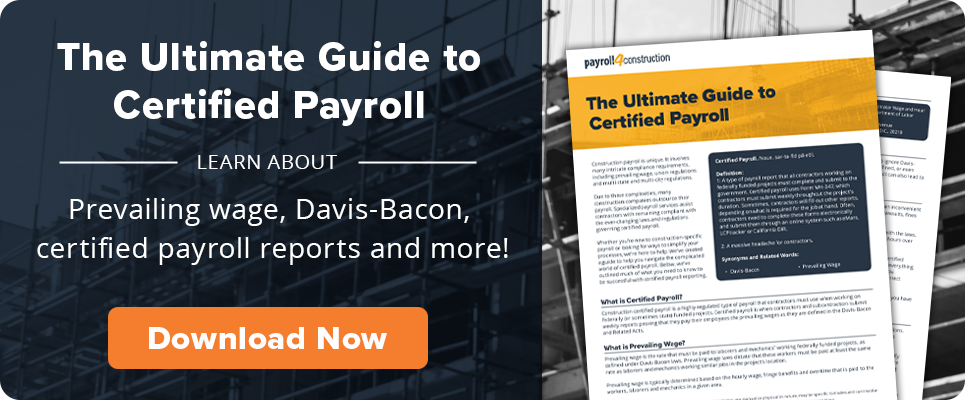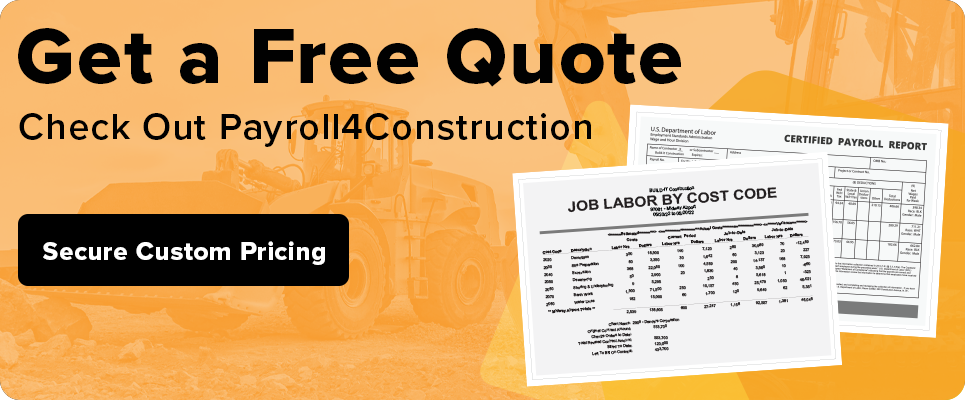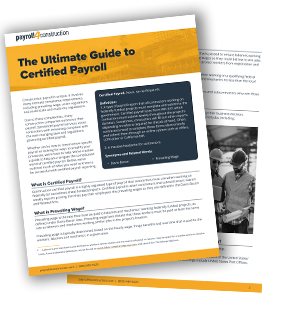Payroll Tip: Check Your Worker Classifications

May 26, 2017
Check Your Prevailing Wage Worker Classifications
When is a laborer, not a laborer? Potentially, when they’re an equipment operator — or working as anything else, for that matter. That’s because when agencies look for prevailing wage compliance, they aren’t necessarily looking at job titles. Instead, they want to know workers are being classified and paid for the work they’re doing. The trick is that different agencies might classify occupations differently and use different rules.
Your employee might have one primary trade classification, but if they switch from doing telecommunications to electrical to general labor in a given week, your payroll may need to reflect each of those changes in work, pay scales, and benefits. That said, some work performed outside of their primary classification might qualify as “incidental work” if it falls below a certain percentage of labor performed on that job in that week. In that case, they would just be paid for their primary classification. Again, this percentage can vary from jurisdiction to jurisdiction.
Knowing how to place employees in specific classifications is the other detail to keep your eye on. For example, there may be different levels of trades within one work classification — such as “Apprentice 1” and “Apprentice 2.” Additionally, someone operating a bulldozer might be on a different pay scale than someone operating a loader. Knowing how to differentiate the work your employees are doing based on the tasks they’re performing can save you time, fines, and headaches down the road.
In order to make sure you’re staying compliant with classifications, pay scales, and rates so you’re covered in case of an audit, make sure to do your research upfront. Classifications can vary by state department of labor. Rates can vary by city or county and can even be specific to each job. Check with your job’s jurisdiction, look at current rates, and be sure to check back regularly, as rates may change every six months to a year.
Share Article



